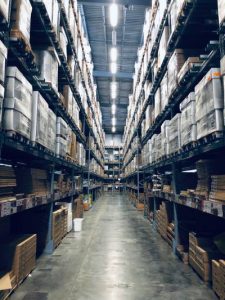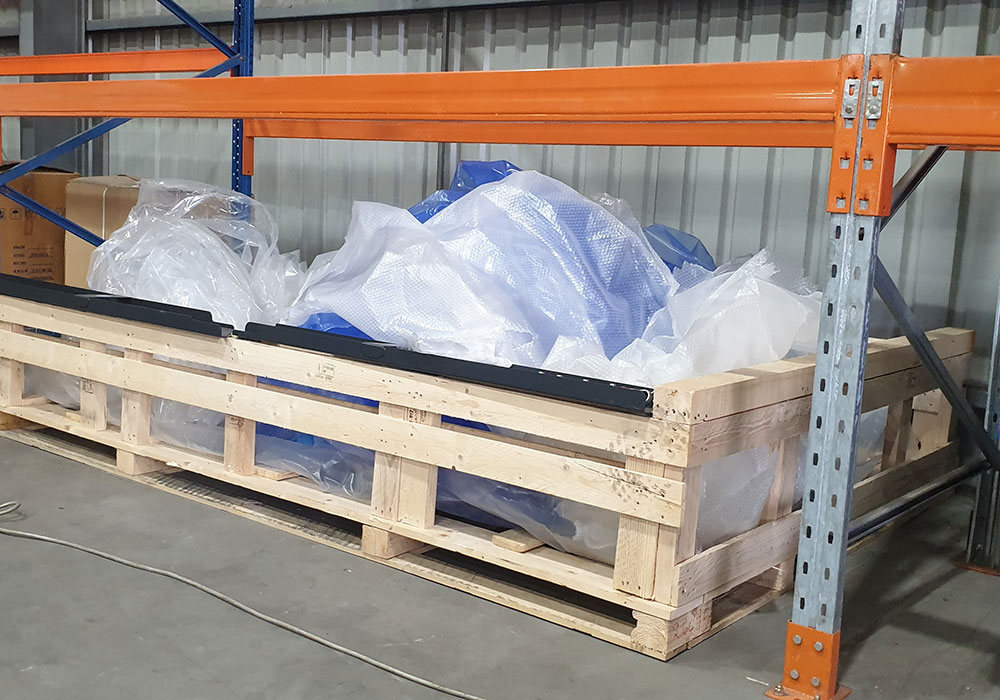What is Industrial Packaging?
Industrial packaging is designed to ensure companies can freight large loads of goods intact with as few losses and damages to goods as possible, requiring more than your standard packaging can deliver. Used by manufacturers at the end of production to ship goods out of the factory floor to customers or into storage, industrial packaging protects and secures loads to withstand the harsh conditions of transport and long-term storage. It is also used to unitise packaging so stacking and bulk items can ship with safety and ease. Industrial packaging can also be customised for specific purposes.
What are the various types of Industrial packaging?
Industrial packaging materials come in a variety of different materials such as polystyrene boxes and fillers, cardboard boxes, gummed paper tapes, Kraft paper, bubble wraps, wooden and plastic pallets, cardboard edge protectors, shrink wrap, stretch wrap, steel/stainless steel strapping, polypropylene and polyester strap, woven straps, wood and ply to name a few.
Loads that need stability and protection against movement and or moisture will require forms of packaging such as gap fillers, pallets, strapping, stretch wrapping, sealed bags and tapes. Industries such as food manufacturers, building material manufacturers, the automotive industry and many others use industrial packaging to preserve value during their part of the supply chain.
Brand identity
Industrial packaging is also used to carry brand identity and enhance marketing value of company products. Branding on your industrial packaging design is a powerful communication tool, identifying your corporate message over your competitors.
Types of loads 
There are many factors to consider with industrial packaging. Security of the load is very important and will dictate the type of packaging required. If the load is fairly unitised, such as stacks of cartons, then it is most likely it will require a pallet and strapping, and for protection against tearing and moisture damage, stretch wrap is needed. Cartons will need to be tape sealed to prevent theft or bursting open. If the units to be shipped are of odd shape, then strapping and wrapping will need to be customised. Fillers will be needed to protect units from movement against each other during transport. Edge protectors, either in cardboard or plastic, prevent damage to corners and help guide the stretch wrap smoothly around the edge of pallets. The material of the packaging will need to be compatible with the material of the goods. For example; foods packaged in food grade heat sealed bags will need to be placed in sealed cartons for safe delivery. Packaging must provide the right support for the product.
The right industrial packaging for the job
The weight of the packaging needs to be considered. Heavy packaging may need to protect fragile products but also add to freight costs. If the goods can withstand more rigorous movement during transport, then lighter packaging may do the job. Environmental considerations need to be accounted for. Reducing waste by not over packaging, choosing the right sized cartons for the job, using less pallet wrap with a pre stretch solution, not over wrapping and applying gummed paper tape instead of plastic based tapes all contribute to lessening the company footprint. Setting up recycling stations for packaging and participating in recycling programs are essential in this environmentally conscious world. Customers expect you to do your bit in reducing waste in the supply chain.
Designing and adopting the right type of packaging for the job will save on losses, earn and maintain customer confidence and enhance your corporate reputation. Industrial packaging has a role to play in improving productivity and maximizing profit.

